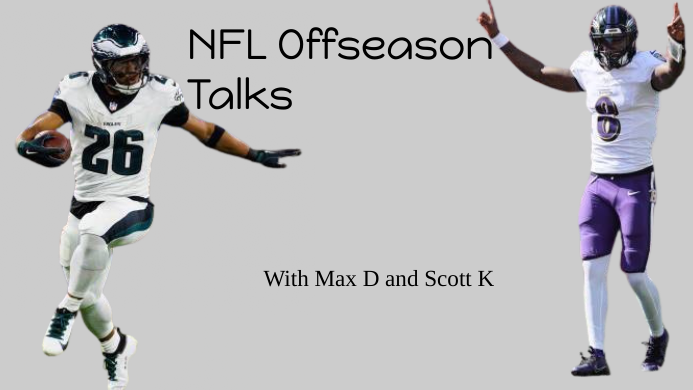This is not a drill: The evolution of school violence and shootings
April 24, 2017
Four months ago, I sat in the middle of the lunchroom, going through my Twitter and Snapchat. Suddenly, a friend of mine from Oakdale High School frantically texted me, “Someone’s about to shoot up our school.” Worriedly, I asked what was happening. She responded to me, “I left. My mom took me out.”
Amid all the safety concerns in schools across the nation, FCPS has had its hands full in the last four months.
With two gun-related threats, FCPS has now had to face what is a national issue, one which that has been on the rise in the last 20 years. School shootings, along with other acts of violence, have been in the spotlight in recent years.
Schools are already taking initiative in response to threats in the county. After a gun was brought to school in the backpack of an Oakdale students, security inside buildings was ramped up and all activities were under harsh surveillance.
At Linganore in March, police officers held professional development sessions with teachers to discuss new policies and strategies in response and to prevent violence in school. Social Studies teacher Janvier Beaver found the meeting productive and appreciated what the officers taught, as well as other teachers. “We found that a lot of the things we used to do are different than newer strategies, and was well received by the teachers,” he said.
Famous incidents still stand out in people’s minds today, such as the tragic massacre of students and a teacher at Columbine High School in 1999 by students Eric Harris and Dylan Klebold. It seemed like an isolated incident, but five years ago in 2012, the nation mourned and continues to mourn the mass homicide of 20 children and six teachers from Sandy Hook Elementary School.
These attacks seem so distant and unreal as if they exist in another world, but schools are now in a position to focus on safety and prevention of attacks.
With so much controversy surrounding safety in schools today, where do we go to prevent and protect students and teachers? Our local police officers are providing schools with new information on how to keep the environment safe for students. “We can protect students by properly training police and school staff how to respond to these threats, and fostering an environment where students are comfortable sharing concerns they have about their peers,” said Sgt. Mike Easterday, who is the school resource unit supervisor for the county.
After the attacks on Columbine High School, gun laws and the right to bear arms in public became a topic of discussion with lawmakers. However, new data not only says that perpetrators can easily obtain guns, but that they obtain these firearms at home. In data taken by Everytown, a nationally recognized gun safety, and support fund, more than half of shooters in 160 incidents between 2013 and 2015 used guns obtained at home, most likely from the improper storage of these weapons by parents or other adults. According to Sgt. Easterday, these weapons are also obtained through strings of illegal purchases, as well as some that are permitted by law.
Here’s another scary fact from Everytown: In that three-year time span between 2013 and 2015, there have been two shootings in K-12 schools every month.
In the book Rampage: The Social Roots of School Shootings by Katherine Newman, she also cites shootings where guns were easily obtained via family members. In the Heath High School shooting in 1997, the shooter stole guns from his father’s closet. In another example, the 1998 Westside Middle School shooting involved shooters stealing guns from one of-of the shooter’s grandfathers.
Through all the data and statistics, some of the hardest parts of keeping schools safe and preventing shootings and violence is identifying potential perpetrators. In data from the U.S. Department of Education, 73% of shooters have no criminal history or previous arrests. Sgt. Easterday said that conclusions are hard to reach due to the uncertainty of identifying perpetrators. “School shooting attackers come from all types of demographics. We do know that the majority are familiar with the facility they attack,” he said.
Although people can be quick to make assumptions about these shooters, anyone can engage and have these dangerous thoughts circulate through their head. As psychologist Peter Langman says, we as people “need to be sensitive to nuances and not be too quick to generalize.”
Teachers and administrators also play a role in identifying these students as potential dangerous threats. “Trying to have relationships with all your students and finding out if there are any issues can help prevent some of these events,” said Mr. Beaver, who teaches all four grades at LHS, as well as an FCC economics class.
Fortunately, there are many different outlets to hear student’s concerns on potential attackers. “Students can go to any SRO assigned to their school, any other police officer, school administrators and staff members, and any responsible adult in our community,” said Sgt. Easterday.
As a community, students, parents, and teachers alike must be educated on the threats imposed by violence in schools today. As an unfortunate trend as it is, the only way to help prevent tragic events such as shootings is to report any suspicions and to protect one another as peers, classmates, and friends.






